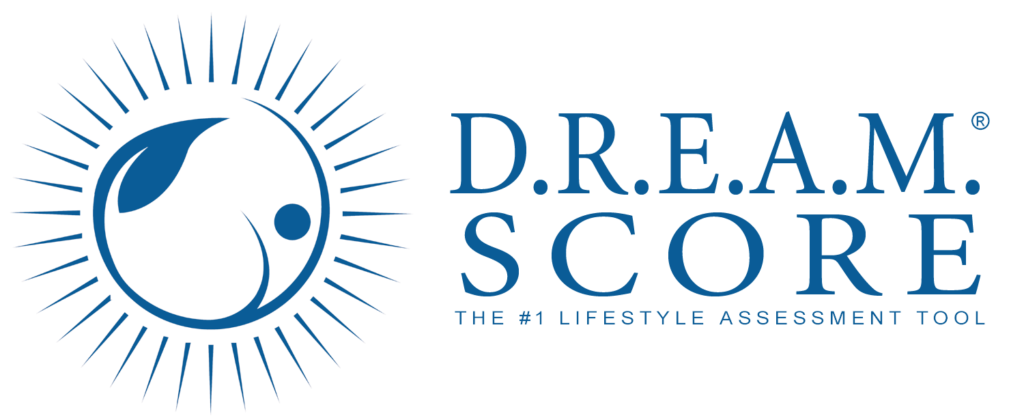Sick Care -vs- Health Care
By Brian A. Stenzler, M.Sc, D.C.
Listen to the audio
Watch the video
On the first Monday of 2022, I had the opportunity to speak on national news about the X’s and O’s of the immune system. During the interview, I talked a bit about the trouble with our current healthcare system and that it is reactive, not proactive. In fact, nearly 100% of the attention during the pandemic has been on defensive measures to protect against getting the virus, whereas there has been little to no attention towards naturally building immune function (offensive measure) should you or your child contract the virus.
In this Wellness Wiki, I compare and contrast three different ways of thinking about health. When done reading, please take a moment and spend some time on the Reflection Opportunities. Next week’s Wellness Wiki will dive much more deeply into the different paradigms of healthcare. This one is setting the stage for much deeper concepts.
The Parable of Three Runners
Joe, John and Jane are triplets, all members of their high school’s varsity cross country team. They decided to participate in their first marathon together during their summer break.
Joe read a couple of books about how to train for this marathon but did not prepare his body for the punishment he would endure. A couple of weeks before the race, he noticed a dull ache at the bottom of his foot. Just to make sure he was okay, he went to the doctor to get it checked out. Turns out Joe had a stress fracture in his foot. By checking it out early, Joe prevented further damage that could have come if he ran the race. This is an example of prevention / early detection.
Joe’s brother John was a little more proactive than Joe. John started training months before Joe. He stretched and he did other exercises to strengthen his body. By maintaining his body the way he did, he ensured himself an opportunity to not only compete but possibly even finish the race without injury.
And then there’s Jane—Joe and John’s sister. In addition to stretching properly and exercising, Jane also made sure that she fueled her body efficiently and maintained ideal form and spinal alignment, ensuring optimal nerve flow throughout her body and made sure that her muscles, organs and glands were functioning optimally before the race. She did regular meditation, prayer, visualization and goal setting. Jane’s preparation gave her the best chance to finish the race without injury and the best chance to win the race!
In our current “healthcare” system, most of what is referred to as prevention is really early detection. No doubt, certain tests are important to have done routinely to discover dis-ease processes before they get out of control. However, once an issue is identified, even if it is early, it is already a problem in many cases. Early detection is a very important aspect of caring for an individual, but if there is already a problem, is it really prevention, aside from preventing it from getting worse?
PREVENTATIVE INTERVENTIONS
There are also medical interventions that fall under the category of prevention with the goal to avoid contracting an infectious disease and / or controlling an existing illness. These prophylactic measures may include vaccinations, cholesterol medications, bypass heart surgery and antibiotics. However, most of these are not without some form of risk, and they certainly will not make a person healthier. At best, they may prevent the disease they want to avoid, but these interventions are not salutogenic. Salutogenesis is a term coined by Dr. Aaron Antonovsky, a professor of medical sociology. The term comes from the Latin root “salus” which means health and the Greek word “genesis” which means origin or creation. Salutogenesis ultimately focuses on the factors that lead to the creation of health. This is contrary to pathogenesis, the creation of disease.
There are numerous resources that layout the potential risks and benefits of various medical interventions that should be explored if you desire additional information. Your decisions regarding any medical procedure for you or your child should begin with background research followed by an open conversation between you and your trusted healthcare provider(s) to determine what is best. True informed consent should be the cornerstone of any relationship between an individual and any healthcare intervention.
A lot of people talk about their goal to maintain their health, like John in the example you just read about. The individual who desires this is ultimately seeking the same or similar goal as prevention. Essentially, they want to remain free from health challenges. As noble as that may be, they are just maintaining the status quo.
Then there is an entirely different thought process that I refer to as health promotion, or salutogenesis. Health promotion is about taking purposeful steps within a wellness lifestyle to encourage optimal health as the result. This entails conscious choices and actions throughout the lifetime to not only avoid bad things from happening, but by making your body and mind as strong and fit as possible to encourage great things to happen!
A wellness lifestyle is for the people who want to win the race of life!
REFLECTION OPPORTUNITY
What do you currently do in your life for disease prevention for yourself and your children?
What do you currently do in your life for injury prevention for yourself and your children?
What do you currently do to promote health and wellness in your household?
Two-thirds of my book, DREAM Wellness: The 5 Keys to Raising Kids for a Lifetime of Physical and Mental Health is dedicated towards giving you ideas to live a proactive wellness lifestyle. Here are five examples of things that we do in our home on a regular basis to promote health. If you even do just one of these suggestions as is or modified, you’ll likely be better tomorrow than you were yesterday! Each of these are categorized in their most appropriate facet of health.
- DIET: Switch one of your unhealthy snacks to mini-cucumbers or carrots (feel free to dip them in hummus).
- RELAXATION: Take 10 deep breaths at least once per day (inhale for 10 seconds and exhale for 10 seconds).
- EXERCISE: Stretch your body for at least 10 minutes, daily if possible.
- ADJUSTMENT: Check and modify your head & body position (posture) when you’re using your phone, tablet or computer (including now).
- MENTAL WELLNESS: Think about something or someone you’re grateful for. If it’s a person, consider sending him/her a note (text/email will suffice) showing appreciation.

When you have 20 minutes, take the DREAM Score to see where you are in your wellness walk. Based on your answers, the report will give you more suggestions of proactive measures you can take starting today.

